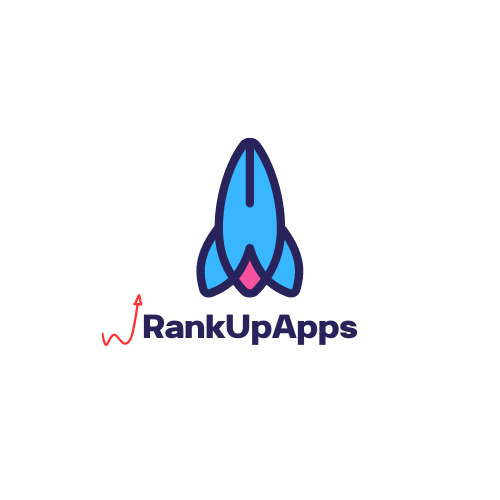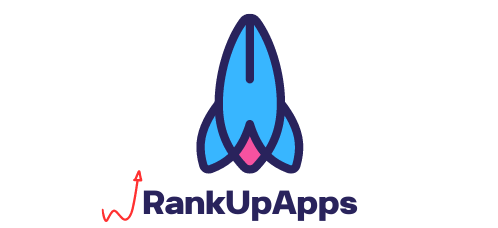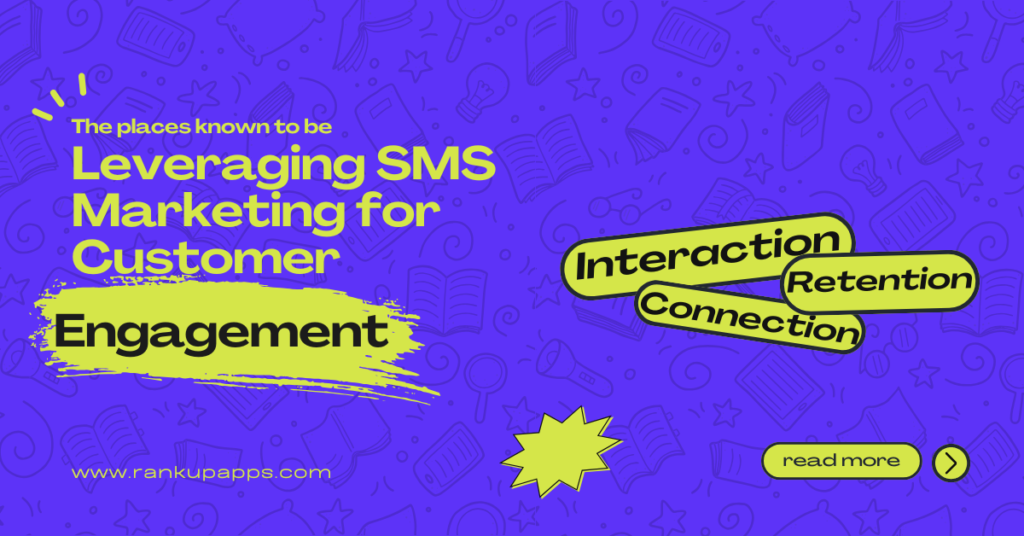In today’s competitive market, understanding what is growth model is no longer optional; it’s a survival tool. Every business in 2025, whether a startup or an enterprise, needs a clear roadmap to scale sustainably. A growth model defines how a company acquires customers, increases revenue, and sustains momentum over time. Think of it as a blueprint: it shows where your growth comes from and how to repeat it consistently. Without it, businesses rely on guesswork; with it, they gain predictable results. In short, a growth model transforms ambition into measurable, long-term success.
What Does a Growth Model Mean in Business?
When people ask what is growth model is, they are referring to the framework a company uses to drive consistent and scalable expansion. A growth model in business explains how a company attracts, converts, and retains customers while increasing revenue over time. Unlike a business model, which focuses on how a company makes money (its pricing, product, and revenue streams), a digs deeper into the specific strategies and levers that fuel ongoing customer acquisition and engagement. It answers the “how do we grow” question rather than just the “how do we earn.”
For example, a SaaS company may design its growth model around free trials, product-led adoption, and recurring subscriptions, ensuring customers stay engaged month after month. In contrast, an e-commerce store might focus on high-volume paid advertising, repeat purchase incentives, and loyalty programs. Both operate under different approaches, yet their growth models reveal the mechanics behind scaling. Understanding what is growth model is helps business leaders identify bottlenecks, choose the proper channels, and sustain long-term growth instead of relying on guesswork. It’s the roadmap that turns a solid idea into a thriving, scalable company.
Why Growth Models Are More Critical Now in 2025?
In 2025, businesses no longer ask what is growth model they ask how fast it can be built, tested, and scaled. The rise of digital transformation and data-first decision-making means companies can’t rely on instinct alone. Growth today is about precision, adaptability, and execution.
A growth model strategy provides a clear map of how users move from awareness to loyalty. Without it, even strong products risk getting lost in the noise. The importance of the growth model lies in its ability to cut through uncertainty and create predictable outcomes in highly competitive markets.
Here’s why growth models matter more than ever:
- Digital transformation: Every interaction generates data. Growth models turn that data into actionable insights.
- Competitive edge: In saturated markets, a refined growth model strategy can be the difference between scaling fast or falling behind.
- Efficiency: Teams align around shared metrics, reducing wasted effort and resources.
- Adaptability: Markets shift quickly, and models allow faster pivots without losing momentum.
Core Frameworks & Growth Model Components
When people ask what is growth model is, the answer often begins with the AAARRR framework. It breaks down how businesses attract, engage, and scale customers in a structured way. This growth model framework shows the journey from the first interaction to becoming a loyal advocate. By focusing on each stage, companies can identify gaps, improve performance, and design more innovative strategies.
The key elements of the growth model, Acquisition, Activation, Retention, Revenue, Referral, and Repeat, create a cycle that fuels long-term growth. Let’s explore each stage:
- Acquisition is about drawing users into your product or service through ads, SEO, or partnerships.
- Activation ensures they experience value quickly, such as completing onboarding or trying a feature.
- Retention focuses on keeping users engaged, reducing churn, and building habits.
- Revenue turns engagement into paying customers, subscriptions, or in-app purchases.
- Referral encourages satisfied users to share the product with others.
- Repeat is about reinforcing usage patterns so customers keep coming back.
Here’s a simple view of how the AAARRR model works in practice:
| Component | Purpose | Example Tool/Metric |
| Acquisition | Attract new users | Google Ads, SEO traffic |
| Activation | Drive first key action | Onboarding completion rate |
| Retention | Keep users engaged | Daily Active Users (DAU) |
| Revenue | Generate income | Subscription conversions |
| Referral | Gain new users via word-of-mouth | Net Promoter Score (NPS) |
| Repeat | Encourage consistent use | Monthly usage frequency |
The AAARRR framework doesn’t just explain what is growth model is, it provides a blueprint. By tracking these stages with the right tools and metrics, businesses can turn insights into action and build a sustainable growth engine.
Types of Growth Models to Know
When businesses ask what is growth model is, they are looking for the framework that explains how a company can expand in a structured, predictable way. Different models focus on different levers; some rely on network effects, others on paid advertising, while many build growth directly into the product. Below are the key types of growth models every business should understand.
Viral Growth Model
A viral growth model relies on users bringing in more users. Social platforms like Instagram and TikTok are prime examples that every share, invite, or piece of user-generated content acts as free promotion. The advantage is exponential reach at little cost. However, it can be unpredictable, as virality depends heavily on user behavior and content appeal.
Paid Growth Model
This model focuses on scaling through direct investment in advertising. Think Google Ads, Facebook campaigns, or influencer partnerships. Paid growth can deliver fast results and measurable returns. The challenge is rising costs and dependency on ad budgets. It works best for companies that have clear unit economics and can convert paid traffic into high-value customers.
Organic Growth Model
The organic growth model thrives on content, SEO, and long-term brand building. Companies like HubSpot and Canva have grown massively by offering value through blogs, free tools, and search visibility. Organic growth is sustainable and cost-effective over time, but it requires patience and consistency. Results compound slowly, making it a long-game approach.
Product-Led Growth (PLG)
In a product-led growth model, the product itself is the primary driver of acquisition, conversion, and retention. Tools like Slack, Zoom, and Dropbox attract users through free versions, easy onboarding, and built-in sharing features. PLG reduces reliance on sales teams and creates a self-serve motion. However, it demands a frictionless product experience and constant innovation.
Hybrid Models
Most businesses today rely on a hybrid model, mixing viral, paid, organic, and product-led elements. For example, an app might use paid ads for early traction, organic SEO for authority, PLG for retention, and viral loops for rapid scaling. Hybrid models offer flexibility but require careful balance to avoid resource dilution.
| Model | Pros | Cons | Best Fit |
| Viral Growth Model | Low cost, exponential reach, community-led | Unpredictable, hard to sustain | Social apps, consumer platforms |
| Paid Growth Model | Fast results, measurable ROI, scalable | Expensive, budget-dependent | E-commerce, D2C brands, fintech apps |
| Organic Growth Model | Sustainable, cost-effective, long-term value | Slow results, high effort in content/SEO | SaaS, content-heavy businesses |
| Product-Led Growth | Self-sustaining, low CAC, high retention | Needs excellent UX and constant updates | SaaS tools, collaboration platforms |
| Hybrid Models | Flexible, diversified, resilient | Complex to manage, risk of scattered focus | Startups aiming for scale across channels |
How to Identify the Right Growth Model for Your Company?
When leaders ask what is growth model is, they are really asking how to build a clear path from customer discovery to revenue growth. The process is not about guesswork; it’s about structure and testing. Here’s a simple step-by-step framework to help you identify growth model options and choose the one that fits your business.
Step 1: Define Your Goals
Start by outlining what success means for your company. Do you want rapid user growth, higher lifetime value, or strong retention? Clear goals make choosing a growth model much easier.
Step 2: Analyze Your Customers
Look at who your customers are, what problems they face, and how they make decisions. A startup selling SaaS to enterprises will need a very different approach from a D2C fashion brand. Customer behavior is the foundation of your growth plan.
Step 3: Map Revenue Drivers
Understand where your revenue comes from. For example, is it subscription renewals, repeat purchases, or ad impressions? This step helps you focus on the levers that genuinely matter when you identify growth model strategies.
Step 4: Test Different Models
Experiment with acquisition channels, pricing, or product features. If you’re exploring product-led growth, run tests to see if users adopt and share your product naturally. If sales-led growth looks promising, test different funnel stages for efficiency.
Step 5: Refine and Scale
No model is perfect from the start. Gather feedback, track key metrics, and refine your approach. Over time, you’ll know whether you’re on the right path or need to adjust.
Real Use Cases: Companies Crushing It with Growth Models
Here are three mini case studies that show what is growth model is in action and why the right approach can fuel massive success. These growth model examples highlight different paths to scale:
- Dropbox (Viral Referrals)
- Problem: Competing with giants in cloud storage without a big ad budget.
- Model: Viral referral program, extra free storage for both the referrer and invitee.
- Outcome: Explosive growth from 100K users in 2008 to 4M+ in just 15 months.
- Slack (Product-Led Growth – PLG)
- Problem: Businesses struggled with scattered communication tools.
- Model: Product-led growth, a free, easy-to-use platform that teams could adopt without approvals.
- Outcome: Viral adoption inside companies; 8K signups on launch day and rapid scaling to millions of daily active users.
- Netflix (Retention-Based)
- Problem: High churn in entertainment subscriptions.
- Model: Retention-based growth—personalized recommendations, original content, and seamless streaming.
- Outcome: Built long-term loyalty, reduced churn, and scaled to 270M+ global subscribers.
Mistakes that Kill Growth Models & How to Avoid Them.
- Over-reliance on one channel: Growth stalls when traffic depends only on ads. Diversify with SEO, referrals, and partnerships.
- Ignoring retention: A growth model fails if users churn fast. Focus on onboarding, support, and loyalty programs.
- No iteration: Sticking to old tactics limits scale. Test, measure, and refine regularly.
- Chasing vanity metrics: High downloads mean little without active users: track engagement and revenue impact.
Emerging Trends in Growth Modelling
Understanding what is growth model is today goes beyond revenue and retention; it’s about anticipating change and adapting quickly. Businesses that embrace modern methods are seeing faster scale, deeper engagement, and stronger resilience. As we look ahead, the future of growth models will be shaped by a mix of technology, community, and ecosystem play. Here are the most impactful trends in the growth model 2025:
- AI & Predictive Analytics
- Companies are moving from reactive to proactive growth. AI tools analyze user behavior, predict churn, and suggest next-best actions. For example, e-commerce platforms can anticipate purchase intent and send personalized offers before users even search.
- Community-Led Growth
- Beyond customers, communities are becoming engines of scale. SaaS brands like Notion or Figma thrive by turning users into evangelists who create tutorials, forums, and templates, building growth from the ground up.
- Ecosystem-Driven Models
- Growth is no longer limited to a single product. Platforms are building ecosystems, think Apple or Shopify, where complementary tools, integrations, and partners multiply value for both users and businesses.
- Sustainability & Trust as Growth Levers
- Modern consumers value purpose. Brands that integrate ethical practices, sustainability, and transparency into their models not only win customers but also retain them for the long term.
These shifts show that growth is becoming more innovative, more human, and more collaborative. Businesses that understand what is growth model is in this evolving context will not just scale, they’ll lead. The future belongs to companies that balance data, community, and ecosystem strength while keeping customer trust at the center.
Conclusion: Building a Growth Model That Scales
Understanding what is growth model is is more than theory, it’s the foundation of sustainable business expansion. A growth model helps you identify the channels, processes, and metrics that consistently drive results. Companies that scale effectively don’t chase every new trend; they refine their growth model to double down on what works. Think of it as a roadmap that aligns resources, customer behavior, and market opportunities. By testing, measuring, and improving continuously, businesses turn small wins into predictable growth. In short, mastering what is growth model empowers you to scale with clarity, confidence, and long-term impact.



